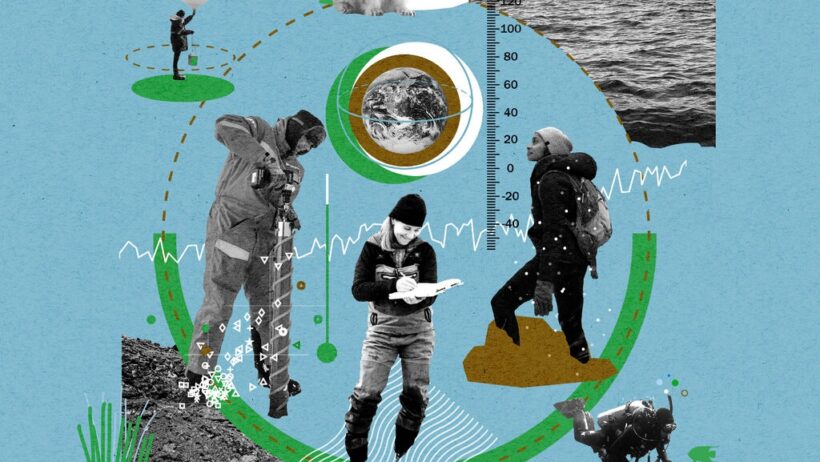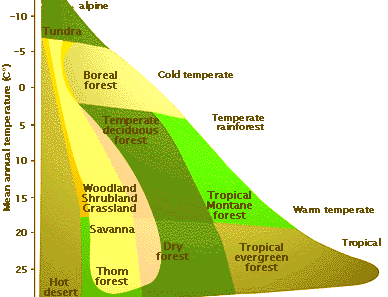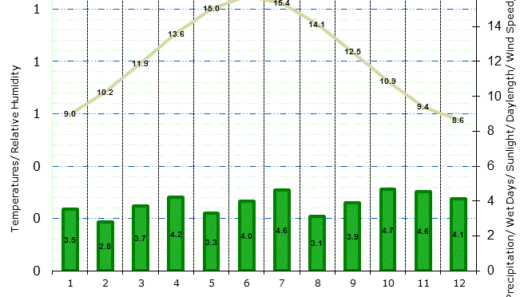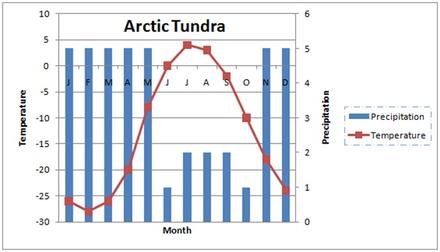What is the evidence of global climate change? This provocative query compels us to investigate the multitudes of scientific attributions that inform our understanding of a planet in peril. As our Earth undergoes dramatic transformations, it becomes paramount to decipher the abundant signs of evolving climate patterns. So, where do we begin?
First, let’s consider the empirical data collected over decades. Instrumental temperature records dating back to the late 19th century reveal a striking increase in global temperatures. The global average temperature has risen by approximately 1.2 degrees Celsius since pre-industrial times. This seemingly modest increase belies the profound effects it produces. Glaciers retreat, polar ice caps diminish, and sea levels rise — evidence that climate change isn’t merely theoretical; it is an ever-encroaching reality.
In support of this temperature rise, we must examine the unmistakable shift in weather patterns. The alteration of precipitation patterns results in more intense and frequent storms, droughts, and heatwaves. The frequency of extreme weather events, such as hurricanes and floods, has surged since the late 20th century. While some may argue that such patterns have existed throughout history, the overwhelming consensus among climatologists is that the rate of these changes exceeds the bounds of natural variability.
As we delve deeper, we encounter the phenomenon of carbon dioxide (CO2) concentrations in the atmosphere. Measurements from the Mauna Loa Observatory in Hawaii indicate that atmospheric CO2 levels have surpassed 420 parts per million, levels not seen for over 3 million years. This dramatic uptick in greenhouse gases is a direct consequence of anthropogenic activities, primarily due to fossil fuel combustion, deforestation, and industrial processes. It poses a playful question: how many more scientific indicators will it take for us to realize that we are altering the very fabric of our atmosphere?
Moreover, the repercussions of these soaring greenhouse gas levels are pronounced in the ocean. The ocean absorbs approximately a quarter of emitted CO2, leading to ocean acidification. This chemical alteration significantly hampers marine life, affecting coral reefs and shellfish populations. It begs a challenge: if we continue this trajectory, what will become of the delicate marine ecosystems that sustain countless species, including humankind?
Another essential element in the narrative of climate change is the record of glacial and polar ice retreat. The Arctic region has witnessed a dramatic decrease in sea ice extent. Satellite observations reveal that summer sea ice levels have declined by about 40% since the late 1970s. Glaciers worldwide are thinning and retreating at alarming rates, signifying irreversible change. The dwindling ice affects global sea levels and disrupts ecosystems dependent on ice coverage. This visual indicator of climate warming serves as a poignant reminder of our planet’s vulnerability.
With the warming climate, the biodiverse tapestry of our ecosystems is unraveling. Numerous species are facing extinction, unable to adapt swiftly enough to the pace of change. Alterations in habitats, phenological shifts, and the fragmentation of environments disrupt historical migration patterns. A significant question emerges: how long before biodiversity loss reaches a tipping point from which recovery is impossible?
Transitioning from terrestrial impacts, we can observe the profound influence of climate change on human populations. Agricultural systems are under siege; rising temperatures yield erratic crops, compromising food security worldwide. Water resources become increasingly scarce due to altered precipitation, exacerbating tensions in vulnerable regions. Climate refugees are becoming an unfortunate reality, prompting discussions about the ethical responsibility of affluent nations in addressing the calamity they predominantly exacerbate.
Scientific advancements continue to refine our comprehension of climate dynamics. Climate models, based on extensive datasets, have become invaluable tools for predicting future conditions under various scenarios. These models present data-driven forecasts of temperature increases, extreme weather incidents, and sea-level rise. The projections serve as clarion calls for immediate intervention. How can we, as stewards of the Earth, harness this knowledge to mitigate the impending catastrophe?
Moreover, attentive observers may note the increasing financial implications of climate change. Economies are grappling with the costs associated with disaster recovery, infrastructure adaptations, and loss of productivity due to extreme weather events. The economic discourse around climate change is not merely an environmental issue but a financial imperative. Are we willing to invest in sustainable practices or continue to bear the brunt of an ever-deteriorating environment?
Lastly, one must not overlook the power of grassroots movements and advocacy. Community-driven initiatives demonstrate the potential for collective action in mitigating climate change. Public awareness campaigns foster a sense of responsibility and urgency. An informed populace can alter the course of climate policy, driving systemic change. So, the final question remains — are we prepared to galvanize together for a sustainable future?
In summation, the evidence of global climate change is both ample and concerning. Scientific observations across multiple domains serve as a stark reminder of our impact on the planet. By acknowledging the data, understanding the repercussions, and embracing solutions, we hold the potential to avert a calamitous future. The science speaks volumes; the time for action is now.








